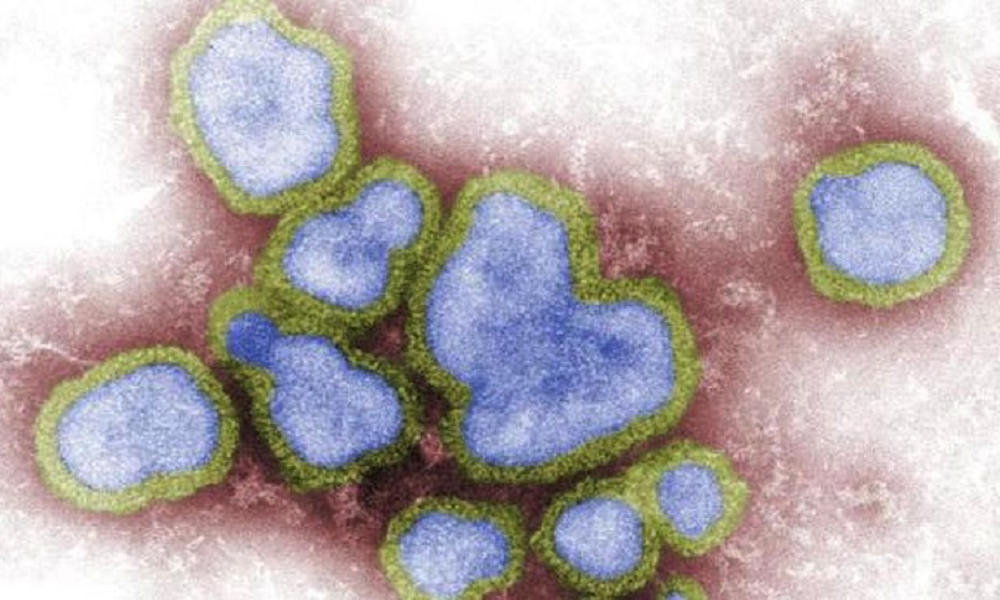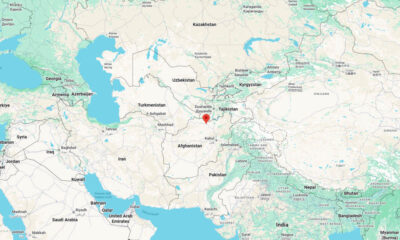US News
Colorado testing sick poultry workers after human cases of H5N1 bird flu

More poultry workers are being tested after five people were infected with H5N1 bird flu at a farm in northeast Colorado, officials said Tuesday, as an investigation continued to determine what caused the unusual cluster of human cases.
AnneMarie Harper, a spokeswoman at Colorado Department of Public Health, said 69 symptomatic workers had been tested so far, including 7 last Thursday, 46 last Friday and 16 more on Monday.
At least 5 of those workers were found to be infected with bird flu but other tests were still being processed on Tuesday. The exact number of pending test results was not immediately clear.
“All of the workers who had been exposed to infected poultry and were symptomatic reported mild symptoms,” Harper said. “They were instructed to isolate and offered Tamiflu. They are currently being monitored.”
Health officials have distributed post-exposure prophylaxis (PEP) antiviral medication to more than 150 people who may have been exposed to infected poultry while working at the egg laying operation in Weld County.
“So far, we have not seen evidence of person-to-person transmission,” Harper said. “However, as our response is ongoing, we continue to monitor for genetic variations in the virus and changes in transmission patterns.”
Nirav Shah, principal deputy director of the CDC, said the risk to the general public remains low and noted that environmental factors may have played a role in causing the unusual cluster of human cases.
Specifically, Shah said it was 104 degrees Fahrenheit (40 degrees Celsius) when workers were killing the infected chickens, and strong industrial fans made it difficult for workers to keep protective gear on their faces.
LINK: A list of all human cases of H5N1 bird flu since 2021
The global spread of H5N1 clade 2.3.4.4b – and the recent spread to a growing number of mammals – has raised concern about the possibility of human-to-human transmission from a future variant. Most of the human cases to date have been linked to contact with infected birds or cattle.
Nineteen human cases of H5N1 bird flu have been reported so far this year, including 9 in the U.S., 7 in Cambodia and one each in Australia, Vietnam and China. Only the U.S. cases – 6 in Colorado, 2 in Michigan and 1 in Texas – were caused by the newer variant, clade 2.3.4.4b. None of the U.S. cases were fatal.

-

 Breaking News5 days ago
Breaking News5 days agoAt least 3 dead, 11 injured after UPS cargo plane crashes near Louisville airport
-

 Politics10 hours ago
Politics10 hours agoSenate reaches deal to end record shutdown – CNN
-

 World1 week ago
World1 week agoStrong 6.3 earthquake strikes northern Afghanistan; felt across Pakistan
-

 World1 week ago
World1 week agoProtesters storm government building in Mexico after killing of local mayor
-

 World1 week ago
World1 week ago10 people stabbed on train in Huntingdon, England
-

 US News4 days ago
US News4 days ago5 firefighters injured in vehicle explosion in the Bronx, NYC
-

 Business1 week ago
Business1 week agoYouTube TV drops Disney’s ABC and ESPN after companies fail to reach deal
-

 US News4 days ago
US News4 days agoFAA orders 10% flight cut at 40 U.S. markets as shutdown strains air traffic system



